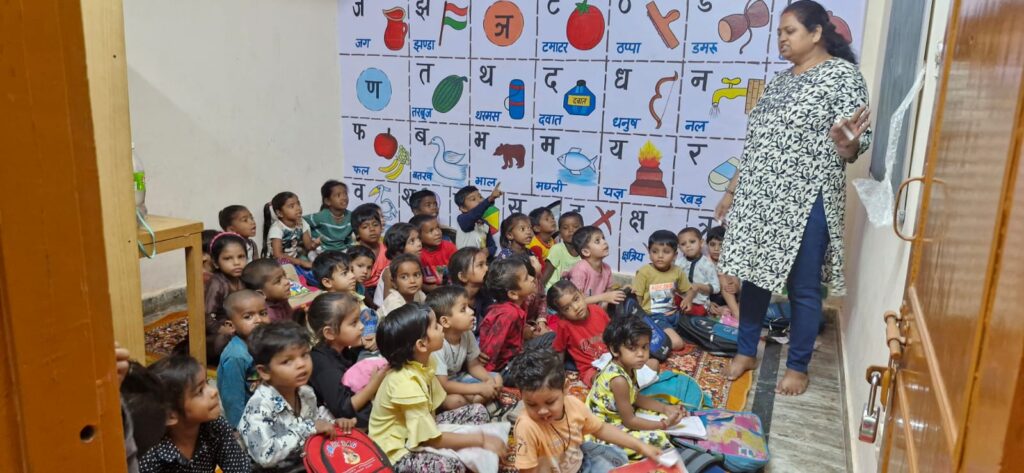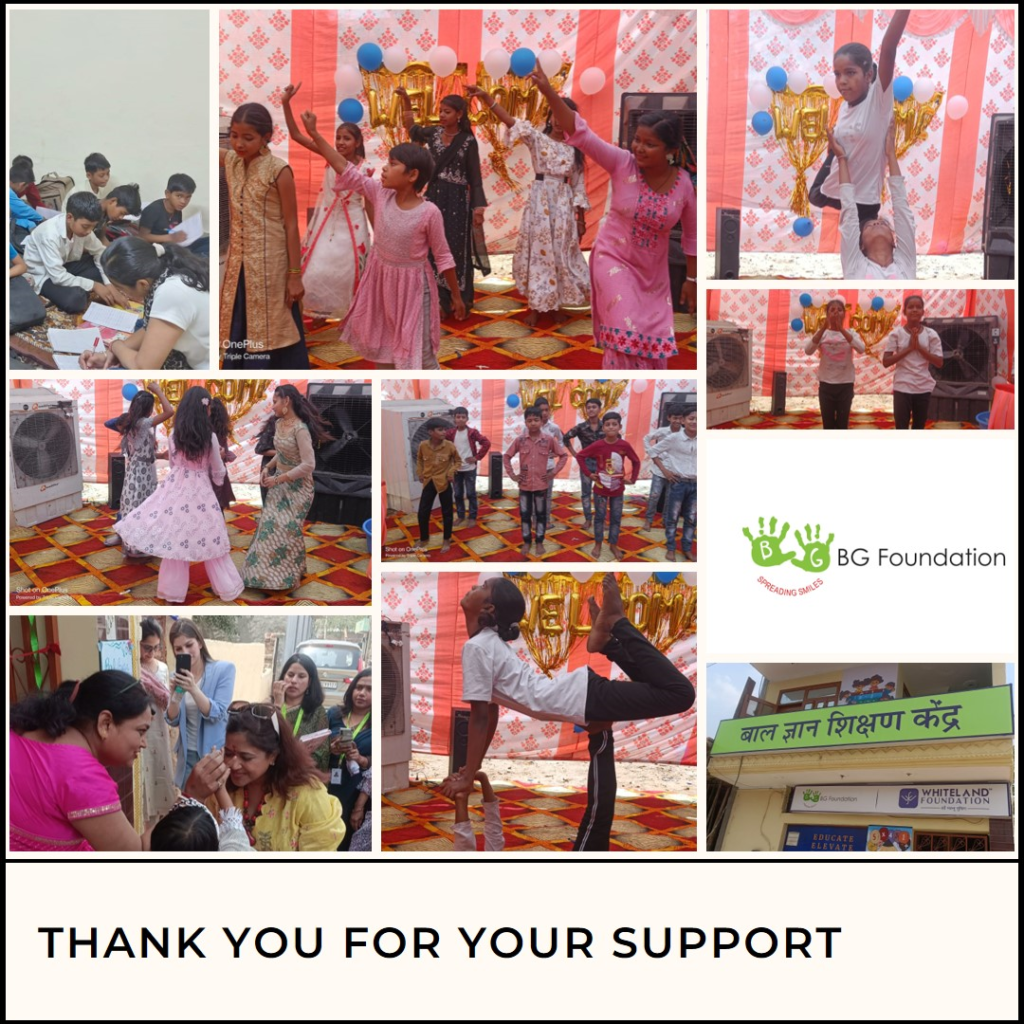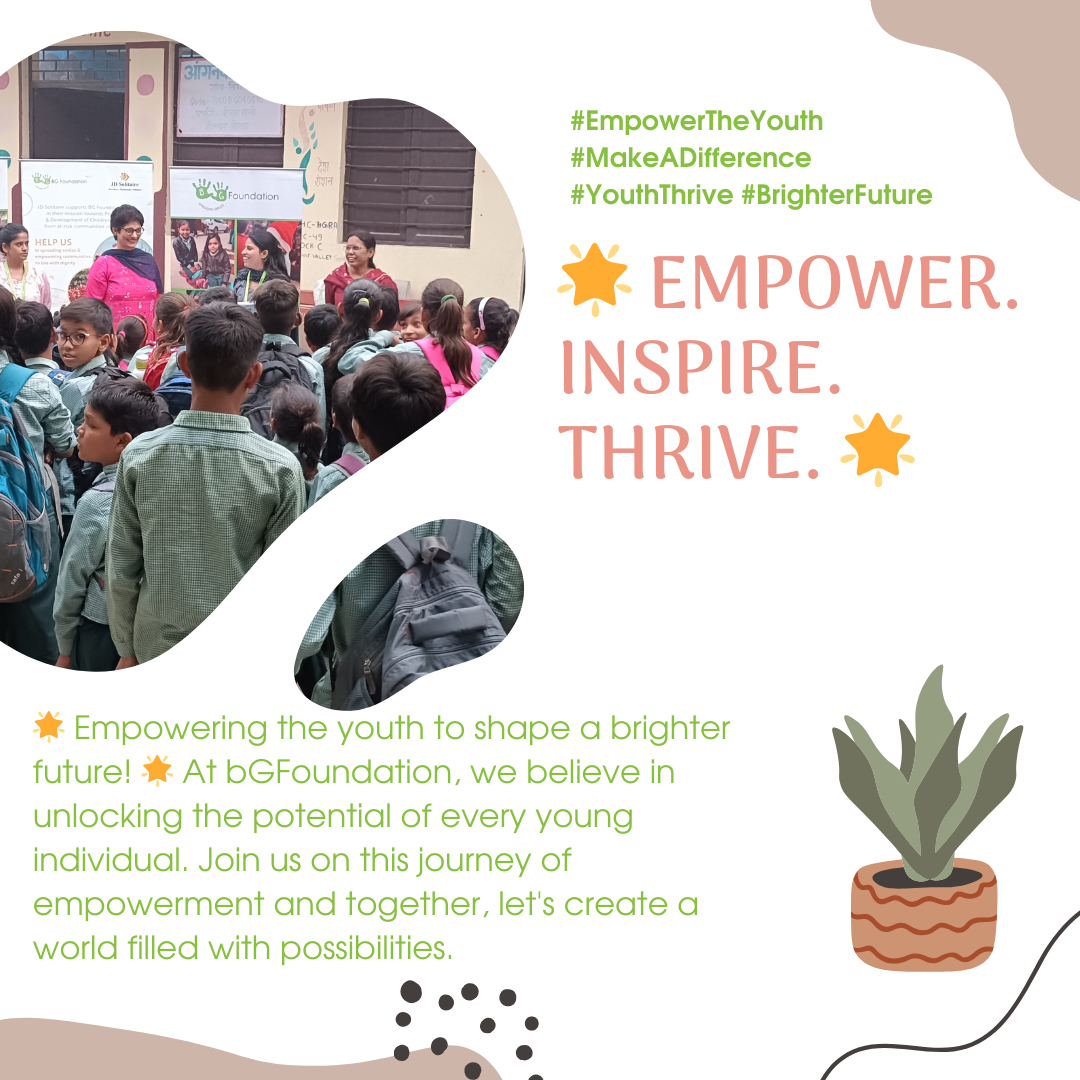From Struggle to Success: The Transformative Power of Education for Disadvantaged Youth
Education is a fundamental human right and a powerful tool for breaking the cycle of poverty and inequality. It provides individuals with the knowledge, skills, and opportunities they need to improve their lives and contribute to their communities. However, for disadvantaged youth, accessing education can be a significant challenge. They face various barriers that prevent them from receiving a quality education, perpetuating the cycle of poverty and inequality.
The challenges faced by disadvantaged youth in accessing education

Disadvantaged youth face numerous barriers that hinder their access to education. Poverty is one of the most significant challenges they face. Many families living in poverty struggle to afford necessities, let alone educational expenses such as school fees, uniforms, and textbooks. As a result, children from low-income families are often forced to drop out of school or never enrol in the first place.
Discrimination is another barrier that disadvantaged youth encounter. Marginalized groups such as racial and ethnic minorities, girls, and children with disabilities often face discrimination in educational settings. They may be denied access to schools or subjected to unequal treatment, limiting their educational opportunities.
Lack of resources is also a major obstacle for disadvantaged youth. Many schools in low-income communities lack basic infrastructure, such as classrooms, libraries, and computers. Additionally, there is often a shortage of qualified teachers and educational materials. These resource gaps further exacerbate the educational disadvantage faced by disadvantaged youth.
Overcoming barriers to education: Success stories of disadvantaged youth
Despite the challenges they face, many disadvantaged youths have managed to overcome obstacles and pursue education successfully. Their stories serve as an inspiration and highlight the importance of providing support and opportunities for all young people.
One such success story is that of Malala Yousafzai, a Pakistani activist for female education and the youngest Nobel Prize laureate. Malala defied the Taliban’s ban on girls’ education and continued to attend school, even after surviving an assassination attempt. Her determination and resilience have made her a global symbol of the fight for education rights.
Another inspiring example is that of Geoffrey Canada, an educator and social activist from Harlem, New York. Growing up in a disadvantaged neighbourhood, Canada experienced firsthand the challenges faced by inner-city youth. He founded the Harlem Children’s Zone, a comprehensive educational program that provides support and resources to children and families in the community. Through his work, Canada has helped thousands of disadvantaged youths overcome barriers and achieve academic success.
The role of educators in supporting disadvantaged youth
Educators play a crucial role in supporting disadvantaged youth and providing them with the tools they need to succeed. They have the power to create a supportive and inclusive learning environment that fosters the growth and development of all students.
One effective teaching strategy is differentiated instruction, which involves tailoring instruction to meet the diverse needs of students. By recognizing and addressing individual strengths and weaknesses, educators can ensure that all students have access to quality education.
Another important aspect of supporting disadvantaged youth is building positive relationships with students. By establishing trust and rapport, educators can create a safe space where students feel valued and supported. This can be achieved through mentorship programs, where students are paired with caring adults who provide guidance and support.
Innovative educational programs for disadvantaged youth
Innovative educational programs have emerged as a powerful tool for supporting disadvantaged youth. These programs go beyond traditional classroom settings and provide additional resources and support to help students overcome barriers.
After-school programs are one example of an innovative educational program that has been successful in supporting disadvantaged youth. These programs offer academic support, enrichment activities, and mentorship opportunities outside of regular school hours. They provide a safe and structured environment where students can continue their learning and receive additional support.
Mentorship programs are another effective way to support disadvantaged youth. These programs pair students with mentors who provide guidance, support, and encouragement. Mentors can help students navigate the challenges they face and provide them with valuable insights and advice.
Vocational training programs are also essential for disadvantaged youth who may not have access to traditional academic pathways. These programs provide practical skills and training that can lead to employment opportunities and economic independence.
Additionally, technology and online learning have the potential to provide greater access to education for disadvantaged youth. Online courses and resources can be accessed from anywhere, allowing students to learn at their own pace and overcome geographical barriers.
The impact of education on the social mobility of disadvantaged youth
Education has a transformative impact on the social mobility of disadvantaged youth. It provides them with the knowledge and skills they need to secure better job opportunities and higher incomes. According to the World Bank, each additional year of schooling can increase an individual’s earning potential by 10%.
Education also has a positive impact on health outcomes. Studies have shown that individuals with higher levels of education are more likely to make healthier lifestyle choices, have better access to healthcare, and experience lower rates of chronic diseases.
Real-life examples further illustrate the transformative power of education. For instance, Michelle Obama, the former First Lady of the United States, grew up in a working-class family on the South Side of Chicago. Through her dedication to education, she was able to attend prestigious universities and pursue a successful career as a lawyer and advocate for education.
The relationship between education and mental health in disadvantaged youth
There is a strong link between education and mental health in disadvantaged youth. Education can play a crucial role in improving mental health outcomes by providing a sense of purpose, structure, and social support.
For many disadvantaged youths, school is a safe haven where they can escape challenging home environments or difficult circumstances. It provides them with a routine and a sense of belonging, which can have a positive impact on their mental well-being.
However, educational settings must also prioritize mental health support and resources. Disadvantaged youth may face additional stressors and challenges that can impact their mental health. Schools should provide access to counselling services, mental health professionals, and resources to help students cope with these challenges.
The importance of mentorship and role models in the education of disadvantaged youth
Mentorship and positive role models play a crucial role in supporting the education and personal development of disadvantaged youth. They provide guidance, support, and encouragement, helping students navigate the challenges they face.
Mentors can serve as a source of inspiration and motivation for disadvantaged youth. They can share their own experiences and provide valuable insights and advice. By building positive relationships with students, mentors can help them develop confidence, resilience, and a belief in their own abilities.
Successful mentorship programs have had a significant impact on disadvantaged youth. For example, the Big Brothers Big Sisters program matches adult volunteers with young people facing adversity. Studies have shown that mentored youth are more likely to stay in school, have improved self-esteem, and develop positive relationships with peers and adults.
The potential for education to reduce poverty and inequality
Education has the potential to reduce poverty and inequality by providing individuals with the skills and opportunities they need to improve their lives. It is a powerful tool for promoting social and economic development.
Investing in education is crucial for breaking the cycle of poverty. According to UNESCO, each additional year of schooling can increase an individual’s income by 10%. Education equips individuals with the knowledge and skills they need to secure better job opportunities and higher incomes.
Education also promotes social inclusion by providing equal opportunities for all individuals, regardless of their background or circumstances. It helps level the playing field and reduces disparities in access to resources and opportunities.
The need for policy change to support the education of disadvantaged youth
Addressing the systemic barriers that prevent disadvantaged youth from accessing education requires policy change and government investment. It is essential to create an enabling environment that promotes equity and inclusion in education.
Governments should prioritize education as a fundamental human right and allocate sufficient resources to ensure that all youth have access to quality education. This includes investing in infrastructure, recruiting and training qualified teachers, and providing educational materials and resources.
Policies should also address discrimination and promote inclusive educational practices. This includes implementing anti-discrimination laws, promoting diversity in schools, and providing support for marginalized groups.
Furthermore, policies should support innovative educational programs that have been successful in supporting disadvantaged youth. This includes after-school programs, mentorship programs, vocational training programs, and the use of technology to provide greater access to education.
The transformative power of education and the hope it offers for disadvantaged youth

Education has the power to transform the lives of disadvantaged youth and offer them hope for a better future. By breaking down barriers and providing equal opportunities, education can help break the cycle of poverty and inequality.
It is crucial for individuals, communities, and governments to recognize the importance of education for disadvantaged youth and take action to support their access to quality education. By investing in education initiatives, advocating for policy change, and providing mentorship and support, we can ensure that all youth can reach their full potential.
In conclusion, education is not only a fundamental human right but also a powerful tool for promoting social and economic mobility. It is essential for breaking the cycle of poverty and inequality that many disadvantaged youths face. By addressing the barriers that prevent them from accessing education, providing support and resources, and advocating for policy change, we can create a more equitable and inclusive society where all youth can thrive.


